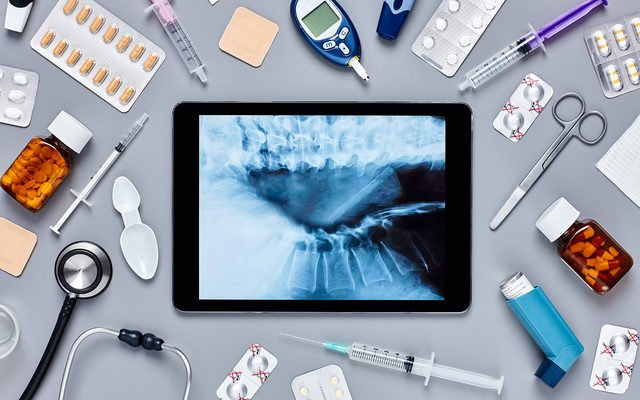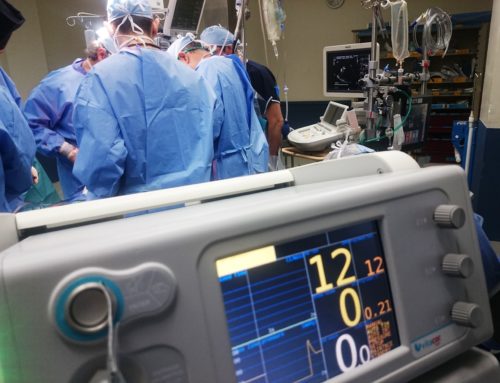Getting a new medical device onto the market in the United States can be a drawn-out experience and one that can be frequently be difficult and time-consuming. It requires a great deal of knowledge about FDA submission requirements and classifications. Businesses wishing to bring their new devices to wider worldwide audiences will have even more hurdles to jump.
Approval Problems for Startups
Although large companies are often well-equipped to meet these demands because they have plenty of staff and capital, major investors and a great deal of experience in working with regulatory agencies, businesses just starting up typically lack some if not all of these resources and find themselves faced with far greater challenges. Rarely do they have plenty of capital with which to work. They may also not have the manpower to put into research, planning and performing clinical studies.
This leads many medical device startups to wonder just how they can get their devices on the market quickly while still working toward the goal of better health for all. These businesses certainly do have areas of strength, such as being able to come up with innovative health care technology that meets consumer needs. However, because they are not used to working with regulatory agencies for approval, they may see their projects stall, or they may even find that they have to stop due to a lack of money that would be necessary to reimagine or rebuild the product.
Proper Planning Through All Phases of Development
Development for most new health care products follows three or four specific phases.
-Conceptualization Phase
-Specification Phase
-Verification Phase
-Clinical Trials Phase
In some instances, clinical trials are not done or are included in the verification phase. However, the problem for most startups is that they fail to plan sufficiently for each phase and instead focus most of their time and resources on a single step. Because they often focus so much on the conceptualization of the project, they fail to consider what they need to accomplish for approval. Instead, approval issues must be tackled quickly in the beginning of the process to avoid wasted resources or even the cancellation of the entire project.
Planning for the Future During Conceptualization
For many startups, the most exciting phase is the planning phase when they can start to put all of their great ideas into motion. Problems can occur if this phase is skipped or if insufficient time and effort is put into considering how today’s plans could be affected by tomorrow’s requirements. Part of the planning process should include determining the purpose of the product, considering the breadth of the future verification process and ensuring that sufficient capital for the product is in place before beginning.
Looking at Customer Needs and Regulatory Requirements
Although there are typically few problems during the specification phase, startups can become bogged down with issues when it comes to technical specifications or material choices. Failing to look into which materials work and which technicalities are needed for approval can lead to a complete revamping of the product in the future, which can then lead to wasted money and a later release date for the product.
Using Wise Verification Processes
During the verification and validation phase, the startup will prove that the item is both safe and effective using a variety of tests. In some cases, this evidence will be corroborated with clinical trials. In other cases, this phase will be accomplished through a series of rigorous tests that check the specifications, the materials and any electrical or mechanical components.
When startups perform their own tests, they must ensure that the tests chosen match the legal requirements of regulatory agencies. When the testing process is not cohesive, the product becomes unusable. Sadly, this phase is frequently overlooked or misused as many startups looks more at the technical performance of the product rather than at how well it meets a specific purpose for patients.
What Can Smaller Businesses Do?
Because of the innate problems that are often a part of this process, a startup must take steps to ensure that this process is positive and problem-free to get their new medical device on the market quickly. One of the best ways to accomplish this is by working with a company who has plenty of experience in this area, such as a health care market research company. These companies understand not only what customers want but also what regulations and limitations could hinder the process. These partners walk businesses through each phase to ensure that enough planning is completed before the start of the process and that no time or money is wasted. Additionally, a market research company can connect startups with laboratories and research groups that will help them get the new product on the fast track to approval.


